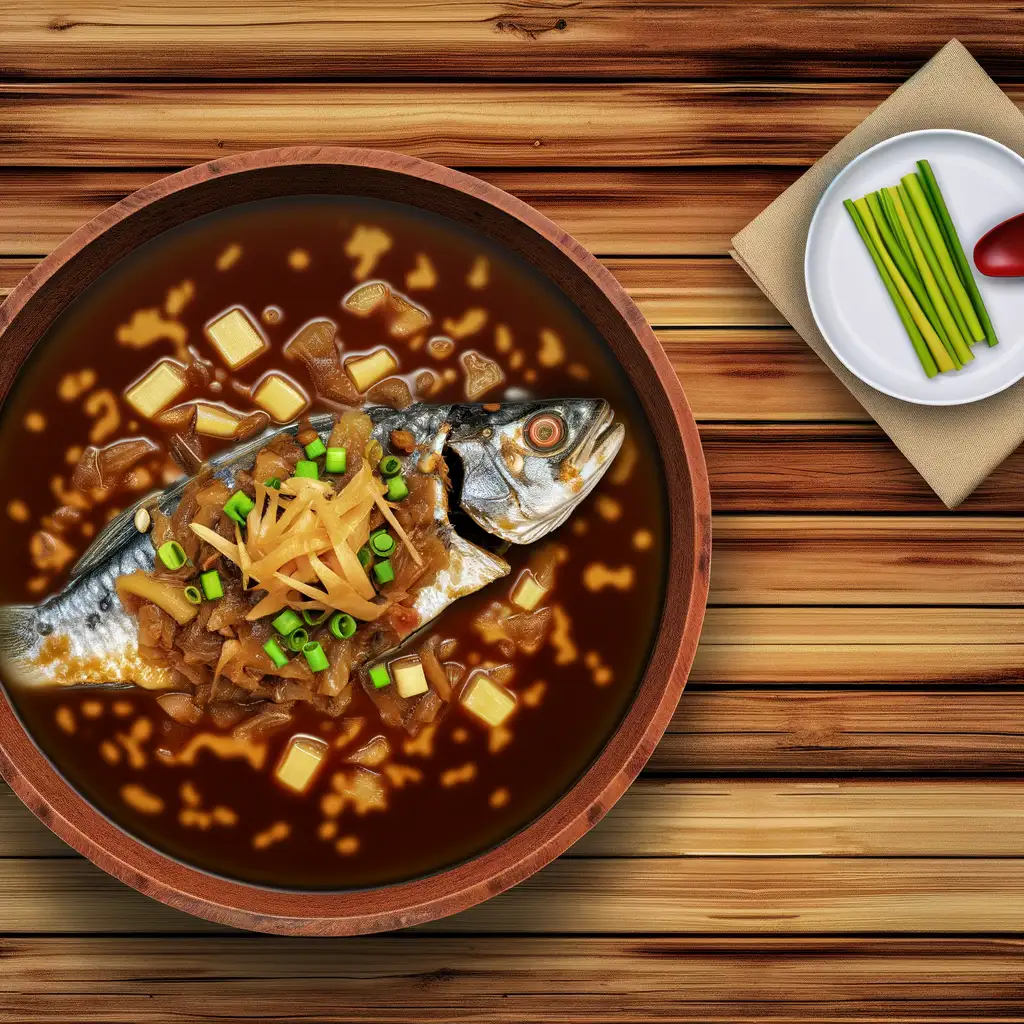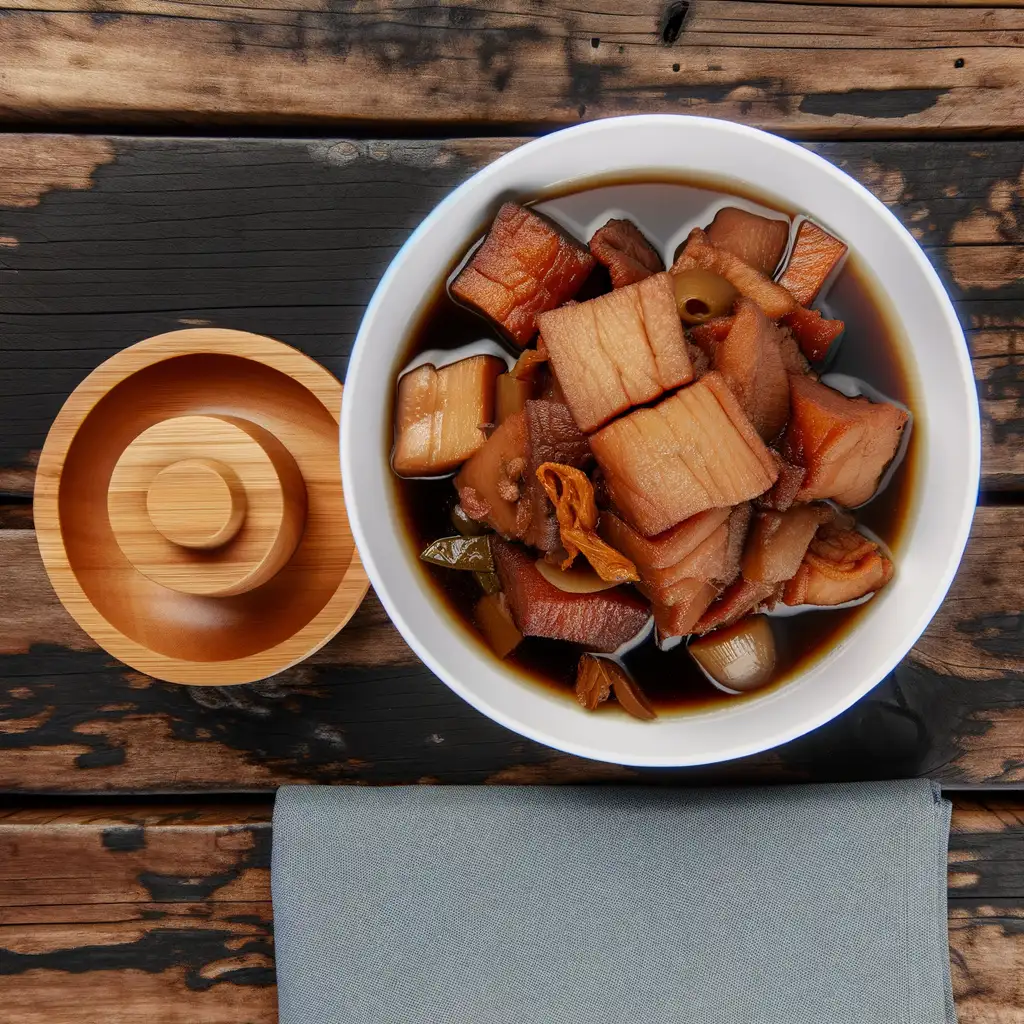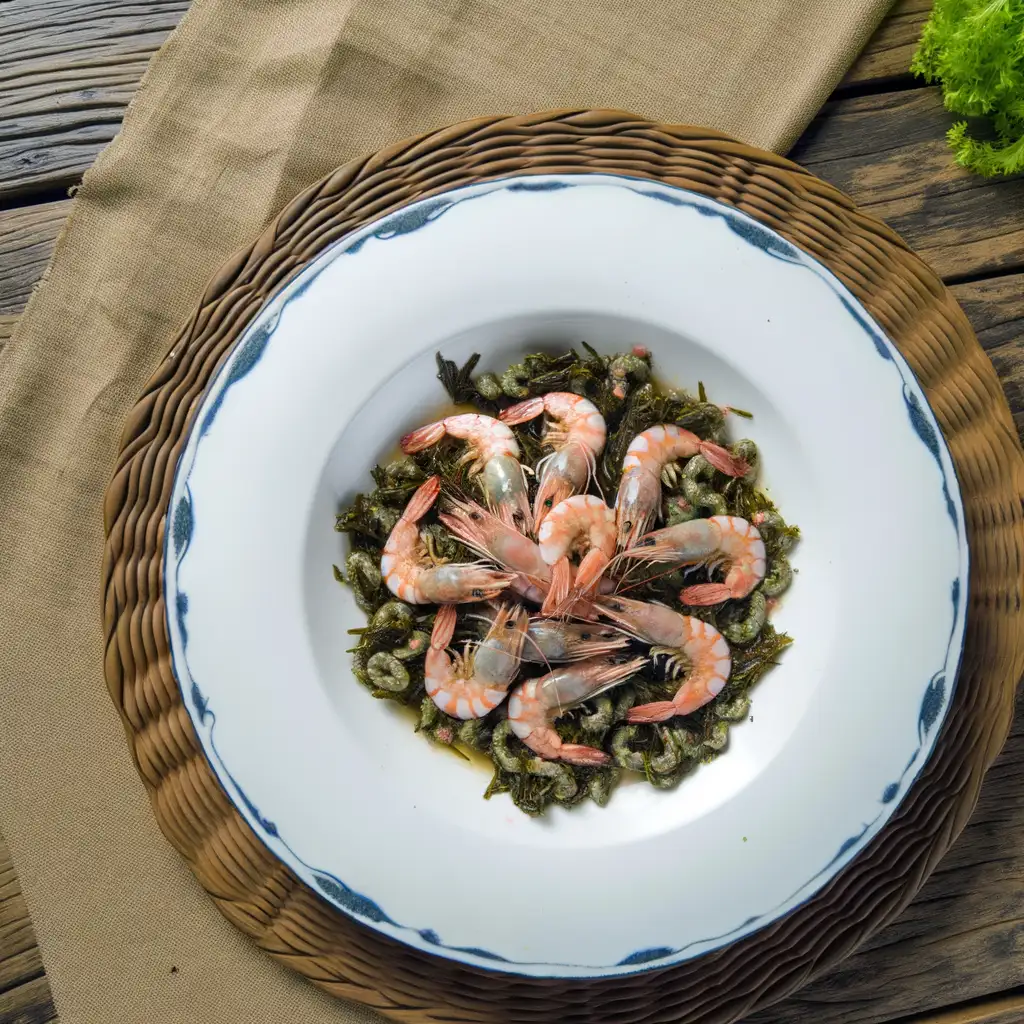


If you ever find yourself wandering through Hangzhou,you’ll quickly realize it’s a city that gently pulls you into its rhythm—a blend of serene nature and vibrant culture that feels both timeless and alive. The moment you step near West Lake,the air shifts; there’s a soft mist hovering over the water in the early morning,and the delicate scent of blooming lotus flowers mingles with the faint aroma of freshly brewed tea from nearby gardens. It’s the kind of place where you can lose track of time watching traditional boats glide silently across the shimmering surface,framed by willow trees swaying in the breeze. Hangzhou’s charm isn’t just in its landscapes but in the way history and modern life dance together. Ancient temples and pagodas peek through lush greenery,while bustling markets hum with the chatter of locals selling fragrant spices,silk,and hand-painted fans. You can almost hear the echoes of poets and painters who found inspiration here centuries ago. And then there’s the food—oh,the food! Imagine savoring a bowl of Longjing tea-infused shrimp or biting into a warm,flaky mooncake filled with sweet bean paste,each bite telling a story of the region’s rich culinary heritage. What makes Hangzhou truly special is its pace:it invites you to slow down,breathe deeply,and soak in the beauty around you. Whether you’re wandering ancient streets,cycling along tree-lined paths,or simply sitting by the lake watching the sunset paint the sky in shades of pink and gold,Hangzhou feels like a warm embrace from a city that’s both peaceful and full of life.
The information on this page is currently being reviewed by Tripkliq and should be used as a guide only
Eng word: Hello
Eng pronunciation: nǐ hǎo
Local language: 你好
Eng word: Goodbye
Eng pronunciation: zài jiàn
Local language: 再见
Eng word: Thank you
Eng pronunciation: xiè xiè
Local language: 谢谢
Eng word: How much
Eng pronunciation: duō shǎo qián
Local language: 多少钱
Eng word: Toilet
Eng pronunciation: cè suǒ
Local language: 厕所
Eng word: Help me
Eng pronunciation: bāng bāng wǒ
Local language: 帮帮我
Eng word: Yes
Eng pronunciation: shì
Local language: 是
Eng word: No
Eng pronunciation: bù shì
Local language: 不是
Eng word: Excuse me
Eng pronunciation: duì bù qǐ
Local language: 对不起
Hangzhou's history dates back over 2,200 years ago to the Qin dynasty when it was founded in 221 BC. It has since evolved into a prominent cultural and economic hub in China.
Hangzhou served as the capital of the Southern Song Dynasty from 1127 until 1279. This period marked a golden age for the city, known for its prosperity, cultural achievements, and the famous West Lake.
The Venetian explorer Marco Polo reportedly visited Hangzhou in the late 13th century. He described it as 'the finest and most splendid city in the world', highlighting its beauty, commerce, and grandeur.
West Lake is arguably the most famous landmark in Hangzhou, renowned for its scenic beauty. It has inspired poets, painters, and artists for centuries and was designated a UNESCO World Heritage site in 2011.
The Grand Canal, the world's longest artificial river, passes through Hangzhou, linking it to Beijing in the north and facilitating prosperous trade throughout Chinese history.
Hangzhou is famous for its Longjing tea, or Dragon Well tea, one of the most prestigious green tea varieties in China. The tea is known for its high quality, attributed to the unique local climate and soil conditions.
Lingyin Temple, founded in 328 AD during the Eastern Jin Dynasty, is one of China's oldest and most significant Buddhist temples. It is located in the scenic Wulin Mountains, northwest of West Lake.
Hangzhou has been a center for silk production and trade for centuries. Its silk was highly sought after along the Silk Road and remains a symbol of Chinese heritage and luxury.
The China National Silk Museum, the largest silk museum in the world, is located in Hangzhou. It showcases the history, culture, and techniques of silk production and embodies the city's long-standing connection to silk.
In Hangzhou, the most common Power Adaptor is Type A, Type C, Type I.







A famous dish from Hangzhou, this features fresh fish from West Lake cooked in a sweet and sour vinegar sauce, often garnished with ginger and scallions.

Named after the famous poet Su Dongpo, this dish consists of braised pork belly that is tender and flavorful, typically served with steamed buns.

This dish combines fresh river shrimp with Longjing tea leaves, creating a delicate flavor that highlights the local tea culture.

These fluffy buns are filled with savory pork and are a popular snack or breakfast item in Hangzhou.

A traditional dish where a whole chicken is marinated, wrapped in lotus leaves, and baked in clay, resulting in tender meat and rich flavors.

A light and refreshing soup made with lotus root, often combined with other ingredients like pork or chicken, showcasing the local produce.

Simple yet flavorful, these noodles are tossed in scallion oil and served with a variety of toppings, making for a comforting dish.
Imagine stepping into a city where the past and future dance side by side,and that’s Shanghai for you. The moment you arrive,there’s this electric buzz in the air—neon lights flicker against the twilight sky,while the gentle hum of the Huangpu River carries stories from centuries ago. Walking along the Bund,you can almost taste the salty breeze mingling with the aroma of street food stalls sizzling with dumplings and scallion pancakes. It’s a city that never quite sleeps,yet somehow feels intimate and alive all at once.
Shanghai’s character is a fascinating blend of old-world charm and cutting-edge modernity. You’ll find yourself wandering through narrow alleys in the French Concession,where leafy trees shade quaint cafes and art galleries,then suddenly be swept up by the futuristic skyline of Pudong,with its towering skyscrapers piercing the clouds. The city’s rhythm is a mix of traditional tea houses where locals chat over jasmine tea and the pulse of techno beats spilling out of rooftop bars.
What really makes Shanghai unforgettable is how it invites you to slow down and soak in its layers. The chatter of vendors,the clinking of mahjong tiles,the scent of jasmine and roasted chestnuts—all these details create a sensory tapestry that feels both vibrant and comforting. It’s a place where every corner tells a story,and every meal is a celebration. Trust me,once you’ve felt Shanghai’s heartbeat,you’ll want to come back just to listen again.
Imagine stepping into a city where towering skyscrapers meet bustling street markets,and the scent of sizzling street food mingles with the salty breeze from Victoria Harbour. That’s Hong Kong for you—a vibrant pulse of energy that never quite slows down. Walking through its neighborhoods,you’ll hear a symphony of sounds:the chatter of locals bargaining over fresh produce,the clatter of dim sum carts,and the distant hum of ferries gliding across the water. It’s a place where East and West blend seamlessly,creating a unique rhythm that’s both modern and deeply rooted in tradition.
What really grabs you about Hong Kong is its character—bold,unapologetic,and endlessly curious. One moment you’re wandering through neon-lit streets in Mong Kok,alive with the buzz of night markets and arcade games,and the next,you’re finding calm in the lush greenery of Victoria Peak or the quiet temples tucked away in the city’s corners. The city’s food scene alone is a journey:from steaming bowls of wonton noodles to delicate egg tarts fresh from the oven,every bite tells a story.
Hong Kong feels like a city that’s always inviting you to explore a little deeper,to taste a little more,and to soak in its vibrant culture. It’s a place where every street corner has a story,and every sunset over the harbor feels like a personal gift. Trust me,once you’re there,you’ll understand why it’s impossible not to fall a little in love with this dynamic city.
Imagine stepping into a place where the ocean breeze carries a hint of salt and tropical flowers,and the sun seems to linger just a little longer on your skin—that’s Sanya. Nestled on the southern tip of Hainan Island,this city feels like a warm embrace from the moment you arrive. The rhythm here is relaxed but alive,with palm trees swaying gently against a backdrop of turquoise waters and soft,sandy beaches that stretch endlessly. It’s the kind of place where mornings start with the chatter of fishermen unloading their catch and the scent of fresh seafood mingling with the salty air.
Walking through Sanya’s bustling markets,you’ll hear the lively calls of vendors selling exotic fruits and spices,while the aroma of grilled satay and tropical fruits like lychee and mango tease your senses. The city’s culture is a vibrant blend of traditional Li and Miao ethnic influences mixed with modern coastal charm,giving it a unique character that’s both authentic and inviting. You can feel the warmth not just from the sun but from the locals,who are genuinely friendly and eager to share their stories.
Whether you’re wandering along the palm-lined streets,diving into crystal-clear waters,or savoring a bowl of freshly caught seafood at a beachside shack,Sanya invites you to slow down and soak in its easygoing spirit. It’s a place that stays with you long after you leave,whispering promises of sunlit days and starry nights.
Imagine stepping into a city where the buzz of scooters blends with the inviting aroma of street food sizzling on every corner—that’s Taipei for you. It’s a place where ancient temples nestle beside gleaming skyscrapers,and night markets pulse with life long after the sun dips below the horizon. Walking through Taipei,you feel this vibrant energy that’s both electric and warmly familiar,like a city that’s constantly awake but never rushed.
The streets are alive with colors and sounds:vendors calling out their specials,the clatter of mahjong tiles in cozy tea houses,and the sweet scent of bubble tea mingling with the earthy fragrance of freshly steamed dumplings. Taipei’s culture is a beautiful blend of tradition and modernity,where you can explore centuries-old heritage at Longshan Temple,then hop on a high-speed train to the top of Taipei 101 for a jaw-dropping cityscape view.
What really sticks with you is the genuine kindness of the people—locals who are eager to share their favorite night market stalls or recommend a quiet café tucked away in a leafy alley. Whether you’re savoring a bowl of beef noodle soup or wandering through the lush trails of Elephant Mountain,Taipei feels like a city that invites you to slow down,explore deeply,and savor every moment.
Tokyo feels like stepping into a living,breathing mosaic where tradition and futurism dance side by side. The moment you arrive,you’re swept up in a vibrant energy that hums through neon-lit streets and quiet temple gardens alike. Imagine the buzz of Shibuya Crossing,where hundreds of people move in perfect chaos,the air tinged with the scent of sizzling street food and fresh cherry blossoms in spring. It’s a city that never quite sleeps,yet somehow offers pockets of serene calm if you know where to look.
Walking through Tokyo,you’ll hear a symphony of sounds—from the rhythmic clatter of trains to the soft murmur of locals chatting over steaming bowls of ramen. The city’s character is a fascinating blend of meticulous order and playful creativity. You can find centuries-old shrines nestled between sleek skyscrapers,and quirky themed cafes that feel like stepping into another world. The taste of Tokyo is unforgettable too—whether it’s the delicate umami of sushi at a tiny neighborhood spot or the comforting warmth of matcha-flavored sweets.
What makes Tokyo truly unique is how it embraces contrasts without missing a beat. It’s a place where you can lose yourself in sprawling shopping districts,then find quiet reflection in a moss-covered garden. The people,warm and respectful,add a layer of kindness that makes the city feel welcoming despite its size. If you’re curious,open-hearted,and ready to explore,Tokyo will surprise you at every turn and leave you with stories you’ll want to share again and again.
Seoul feels like a city that’s constantly humming with life,where ancient traditions and cutting-edge modernity dance side by side. Imagine wandering through narrow alleys lined with hanok houses,their wooden beams glowing softly in the afternoon sun,then stepping out into bustling streets filled with neon signs and the irresistible aroma of sizzling street food. The city’s energy is contagious—there’s a rhythm to it,from the chatter of locals bargaining at markets to the steady beat of K-pop spilling out of cafes.
What really sticks with you is how Seoul engages all your senses. You’ll hear the clatter of chopsticks and laughter at a late-night pojangmacha (street food tent),smell the sweet,smoky scent of grilled meat mingling with spicy kimchi,and feel the crisp breeze along the Han River as joggers and families enjoy the parks. The city’s layers reveal themselves slowly—ancient palaces tucked between skyscrapers,tranquil temples offering quiet moments amid the urban rush.
Seoul’s character is a blend of warmth and innovation. People are friendly and proud of their culture,eager to share stories over a cup of rich,bitter coffee or a bowl of comforting bibimbap. Whether you’re exploring art galleries in trendy neighborhoods like Hongdae or soaking in the panoramic views from Namsan Tower,there’s a genuine pulse here that invites you to dive deeper,to taste,listen,and truly feel the city’s soul.
Tourists are approached by people claiming to be art students who invite them to view their artwork, which is actually overpriced and of low quality.
Tourists are sold counterfeit products, such as designer bags or electronics, at prices that seem like a bargain but are actually overpriced for the fake items.
In crowded tourist areas, pickpockets may target tourists, taking advantage of distractions to steal wallets or other valuables.
Taxi drivers may take longer routes or not use the meter to overcharge tourists unfamiliar with the area.
Tourists are invited by friendly locals to a traditional tea ceremony, only to be charged exorbitant prices for the tea and service.
The use, possession, and trafficking of drugs are strictly prohibited in Hangzhou, as in the rest of China. The country has very stringent drug laws, and violations can result in severe penalties, including long prison sentences and even the death penalty for serious offenses. Tourists should avoid any involvement with illegal drugs to ensure their safety and compliance with local laws.
In Hangzhou, smoking is prohibited in most public places, including public transportation, hospitals, schools, and government buildings. There are designated smoking areas in some public places, but these are becoming increasingly rare. Violators can face fines. Tourists should look for 'No Smoking' signs and adhere to local regulations to avoid penalties.
Vaping is subject to similar regulations as smoking in Hangzhou. It is banned in most public places, including indoor areas and public transportation. Designated vaping areas are not common, so it is advisable to refrain from vaping in public spaces to avoid fines and other penalties.
What are other people saying about Hangzhou?
Recent Social posts about Hangzhou
There is nothing to show you for now.